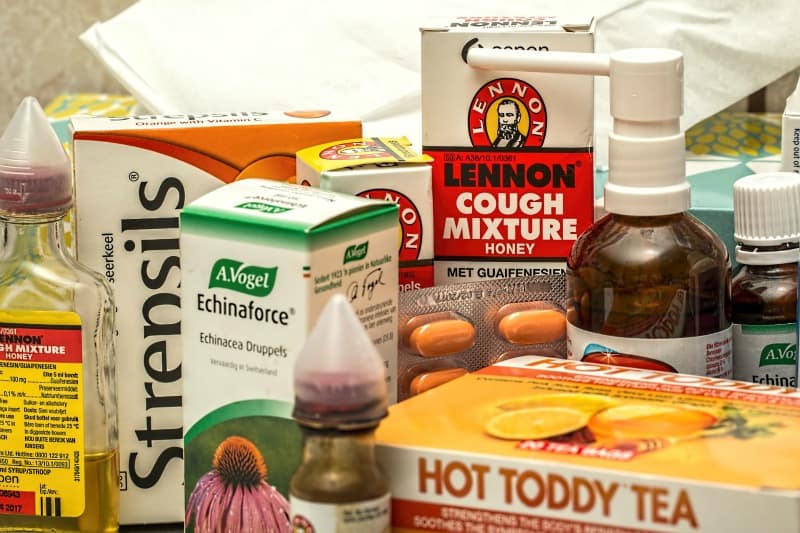Last Updated on September 12, 2020 by Ellen Christian
Did you know that our pain receptors aren’t fat? I’m a firm believer in trying alternative treatments before taking OTC or prescription medications. In many cases, that will work. That said, there are some times that it won’t work. When that’s the case, I do use OTC medication. Whichever treatment you decide to use, reading the labels and making informed decisions is critical.
Posts may be sponsored. This post contains affiliate links, which means I will make a commission at no extra cost to you should you click through and make a purchase. As an Amazon Associate I earn from qualifying purchases.
I had the opportunity to travel to San Francisco to attend a blogger workshop about making pain management personal that was hosted by Johnson & Johnson Consumer. My trip was paid for, but I was not asked to post this. I’m sharing this with you because it’s a topic I’m passionate about.
Our Pain Receptors Aren’t Fat
While at the conference, another blogger (Cecily Kellogg from Double Good Media) made a statement that grabbed my attention. “Our pain receptors aren’t fat.” It stuck with me because just this past week, I had a discussion with my son about taking medication for his headache. His sister (who is 5’7″) takes two pills for her headaches. His reasoning was that he needed more because he was bigger (6’3″) than his sister. I told him I was fairly sure that wasn’t how it worked and reluctantly gave him three because I wasn’t sure exactly how that worked.
After he had left for work, I grabbed the bottle and read the directions. Two tablets every four to six hours as needed. There was nothing in there about size or weight. Two tablets. Period.
During the workshop I attended I had the chance to listen to Dr. Darria Long Gillespie (@DrDarria) who is an emergency room physician in Atlanta. She is also a national spokesperson for the American College of Emergency Physicians and a frequent health expert on national TV (CNN, CNBC, FoxNews Network, and the Dr. Oz show).
While the workshop covered quite a bit of information, one of the topics that I found most interesting was the importance of reading every single label, every single time. It’s important that we are aware of all the active ingredients, dosage, and how an OTC medicine might interact with other medications and current health conditions. The OTC directions aren’t guidelines, and it’s important that you read all of the directions.
Are you sure that your cough medicine, allergy medicine, upset stomach medicine, etc. don’t have a few of the same active ingredients? Are you sure you aren’t taking an anti-depression drug that you shouldn’t be taking with a different OTC medication? Are you sure you’re taking it correctly? Every six hours means six hours – not four hours.
And finally, “Our pain receptors aren’t fat.” Just because you weight 140, and your husband weighs 240 doesn’t mean he needs to take more than the directions state. Our pain receptors are the same size. Taking extra doesn’t help. It needs to be processed out by your liver, and that can be damaging or even life-threatening.
Read every label. Every time.

Ellen is a busy mom of a 24-year-old son and 29-year-old daughter. She owns six blogs and is addicted to social media. She believes that it doesn’t have to be difficult to lead a healthy life. She shares simple healthy living tips to show busy women how to lead fulfilling lives. If you’d like to work together, email info@confessionsofanover-workedmom.com to chat.


Well some meds we calculate dosage according to body weight, especially for little kids, but height doesn’t factor in. I always try the lowest dose first for myself, but know that sometimes things like cramps, need an extra tablet. They finally started emphasizing the need to watch acetaminophen which can be in so many products and can be toxic to the liver. When I was in nursing school ten years ago, they were finally starting to recognize that alternative pain therapies had a place in treatment. Now they are fully accepted and growing in popularity, yay!
That’s the confusing part, Deb. It can be in so many things that you really have to read the labels.